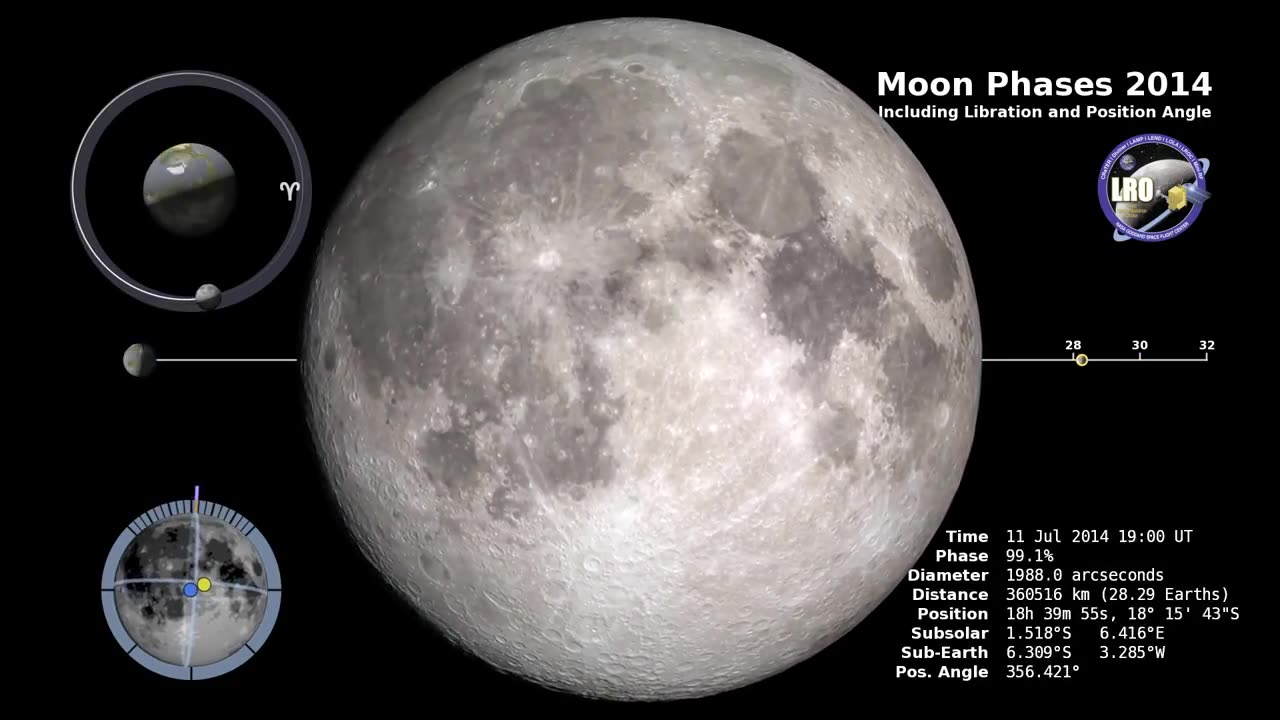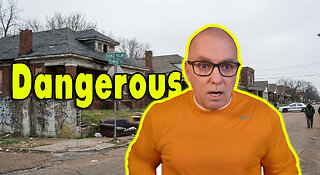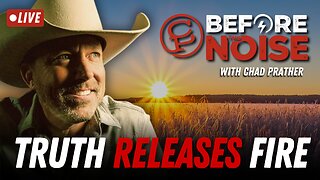Premium Only Content

Moon Phase and Libration North Up 2014
Lunar Reconnaissance Orbiter (LRO) has been in orbit around the Moon since the summer of 2009. Its laser altimeter (LOLA) and camera (LROC) are recording the rugged, airless lunar terrain in exceptional detail, making it possible to visualize the Moon with unprecedented fidelity. This is especially evident in the long shadows cast near the terminator, or day-night line. The pummeled, craggy landscape thrown into high relief at the terminator would be impossible to recreate in the computer without global terrain maps like those from LRO.
The Moon always keeps the same face to us, but not exactly the same face. Because of the tilt and shape of its orbit, we see the Moon from slightly different angles over the course of a month. When a month is compressed into 24 seconds, as it is in this animation, our changing view of the Moon makes it look like it's wobbling. This wobble is called libration.
The word comes from the Latin for "balance scale" (as does the name of the zodiac constellation Libra) and refers to the way such a scale tips up and down on alternating sides. The sub-Earth point gives the amount of libration in longitude and latitude. The sub-Earth point is also the apparent center of the Moon's disk and the location on the Moon where the Earth is directly overhead.
The Moon is subject to other motions as well. It appears to roll back and forth around the sub-Earth point. The roll angle is given by the position angle of the axis, which is the angle of the Moon's north pole relative to celestial north. The Moon also approaches and recedes from us, appearing to grow and shrink. The two extremes, called perigee (near) and apogee (far), differ by more than 10%.
The most noticed monthly variation in the Moon's appearance is the cycle of phases, caused by the changing angle of the Sun as the Moon orbits the Earth. The cycle begins with the waxing (growing) crescent Moon visible in the west just after sunset. By first quarter, the Moon is high in the sky at sunset and sets around midnight. The full Moon rises at sunset and is high in the sky at midnight. The third quarter Moon is often surprisingly conspicuous in the daylit western sky long after sunrise.
Celestial north is up in these images, corresponding to the view from the northern hemisphere. The descriptions of the print resolution stills also assume a northern hemisphere orientation.
-
 LIVE
LIVE
Nikko Ortiz
31 minutes agoWorst Military Events And War Crimes... | Rumble LIVE
138 watching -
 1:36:29
1:36:29
Graham Allen
2 hours agoIs The MAGA Divorce Real Or Did Elon Just Expose It’s FAKE?!
109K577 -
 LIVE
LIVE
Badlands Media
3 hours agoBadlands Daily Nov. 24, 2025
3,117 watching -
 LIVE
LIVE
Matt Kohrs
11 hours agoStock Market Open, Breaking News & The Week Ahead || Live Trading $1M
583 watching -
 LIVE
LIVE
Wendy Bell Radio
5 hours agoWhy Do Democrats Put America Last?
7,492 watching -
 15:51
15:51
Demons Row
11 hours ago $0.07 earnedOutlaw Motorcycle Clubs You Were NEVER Supposed to Know About 💀🏍️
7K2 -
 15:17
15:17
World2Briggs
11 hours ago $0.42 earnedTop 10 States Where Crime Is Getting Worse Fast!
5.12K7 -

DML
16 hours agoDML LIVE: The United States of Fraud
14.2K -
 1:10:03
1:10:03
Chad Prather
15 hours agoHoliness, Power, and the Fire of a Fearless People
61.3K30 -
 LIVE
LIVE
LFA TV
13 hours agoLIVE & BREAKING NEWS! | MONDAY 11/24/25
2,828 watching